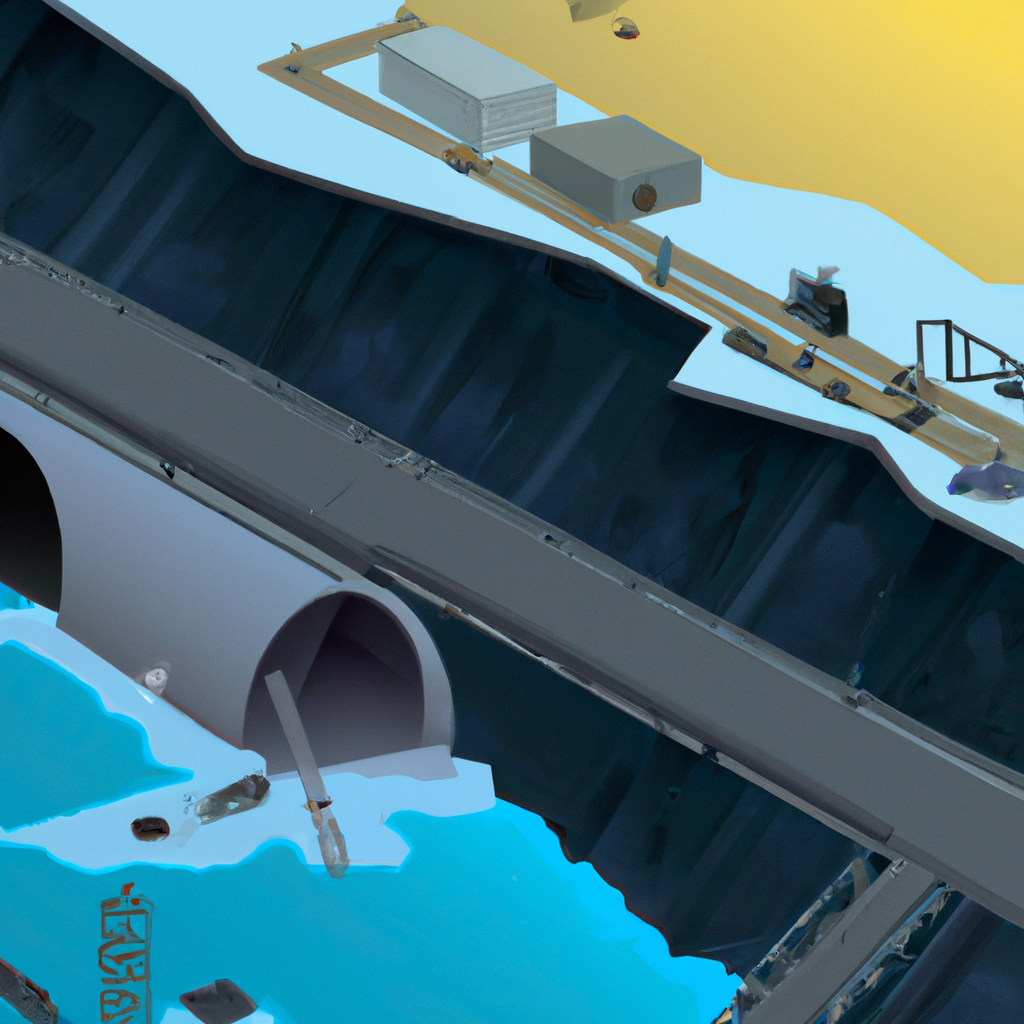Underwater Tunnel Construction: The Process, Techniques, and Challenges
The construction of tunnels under water is a complex process that involves a combination of engineering, geotechnical, and marine expertise. Subaqueous tunneling, as it is commonly referred to, has been used for various purposes, including transportation, water supply, and hydro-electric power generation. In this article, we will explore the process of underwater tunnel construction, the techniques used, and the challenges involved.
The Process
Underwater tunnel construction involves a series of steps that are executed in a precise sequence. The first step is site investigation, which involves collecting data on the geology, hydrology, and marine environment of the intended tunnel location. This information is used to develop a detailed design that takes into account the site-specific characteristics.
The second step is excavation, which involves removing the soil or rock to create a tunnel. The excavation can be done using various techniques depending on the geology and depth of the tunnel. The most common techniques used for underwater excavation include:
1. Tunnel Boring Machines (TBMs): TBMs are machines that are used to excavate tunnels in hard rock. They are typically operated remotely and can excavate tunnels of various shapes and sizes.
2. Drill and Blast: This technique involves drilling holes into the rock and then blasting it using explosives. This technique is commonly used in soft rock and can be used to excavate tunnels of various shapes and sizes.
3. Cut and Cover: This technique involves excavating a trench and then constructing the tunnel inside it. Once the tunnel is complete, the trench is backfilled and the surface is restored.
4. Immersed Tube: This technique involves constructing the tunnel on land and then floating it into position. The tunnel is then submerged and secured in place.
Once the excavation is complete, the next step is to install the structural support for the tunnel. This may involve installing precast concrete segments, steel ribs, or shotcrete lining depending on the design.
The final step is to install the mechanical and electrical systems, including lighting, ventilation, and fire protection systems. Once all the systems are installed and tested, the tunnel is ready for use.
Techniques Used
Underwater tunnel construction requires specialized techniques that are tailored to the unique challenges of working in water. Some of the common techniques used in underwater tunnel construction include:
1. Diving: Divers are essential to underwater tunnel construction. They are used to inspect the tunnel, install structural supports, and carry out other tasks that cannot be done by machines.
2. Marine Equipment: Marine equipment such as barges, cranes, and dredgers are used to transport materials, excavate the tunnel, and install structural supports.
3. Towing: Towing is used to transport large objects such as precast concrete segments and immersed tubes to the tunnel site.
Challenges Involved
Underwater tunnel construction presents a number of challenges that must be addressed to ensure the success of the project. Some of the challenges include:
1. Water Pressure: Water pressure increases with depth, which can make excavation and construction difficult. Specialized equipment and techniques are required to work in these conditions.
2. Marine Environment: The marine environment can be harsh, with strong currents, waves, and tides. These conditions can make it difficult to transport materials and work on the tunnel.
3. Geology: The geology of the tunnel site can present challenges such as unstable rock formations, soft soil, and groundwater.
Conclusion
Underwater tunnel construction is a complex process that requires a combination of engineering, geotechnical, and marine expertise. The process involves site investigation, excavation, installation of structural support, and installation of mechanical and electrical systems. The techniques used include diving, marine equipment, and towing. The challenges involved include water pressure, the marine environment, and geology. Despite these challenges, underwater tunnel construction has been used successfully for various purposes, and advances in technology continue to make it easier and safer to construct tunnels under water.







